Maganlal Chikki, Lonavala
If you’ve ever travelled on the Mumbai–Pune highway and passed through Lonavala, you must have seen those countless Maganlal Chikki shops lined up on almost every corner. In fact, it feels like once you start spotting Maganlal Chikki boards, you know you’ve officially entered Lonavala😄
Despite visiting Lonavala over 50 times, I never really gave it much thought… until one rainy day. As I stopped for tea during a drizzly drive, I noticed something curious — Maganlal Chikki shops were everywhere. I mean literally, one after another. That’s when the thought struck me — are all these shops the same? Or is this a classic case of “Poma of Puma” or “Adibas of Adidas”? 🧐
To satisfy my curiosity, I turned to Google Baba, read up on its history, and even visited the original Maganlal Chikki shop to uncover the sweet truth.
So, in this blog, I’m going to tell you the fascinating story behind this legendary chikki, how it started, what’s original, and what’s just using the name.
Maganlal Chikki: A 140-Year-Old Sweet Legacy
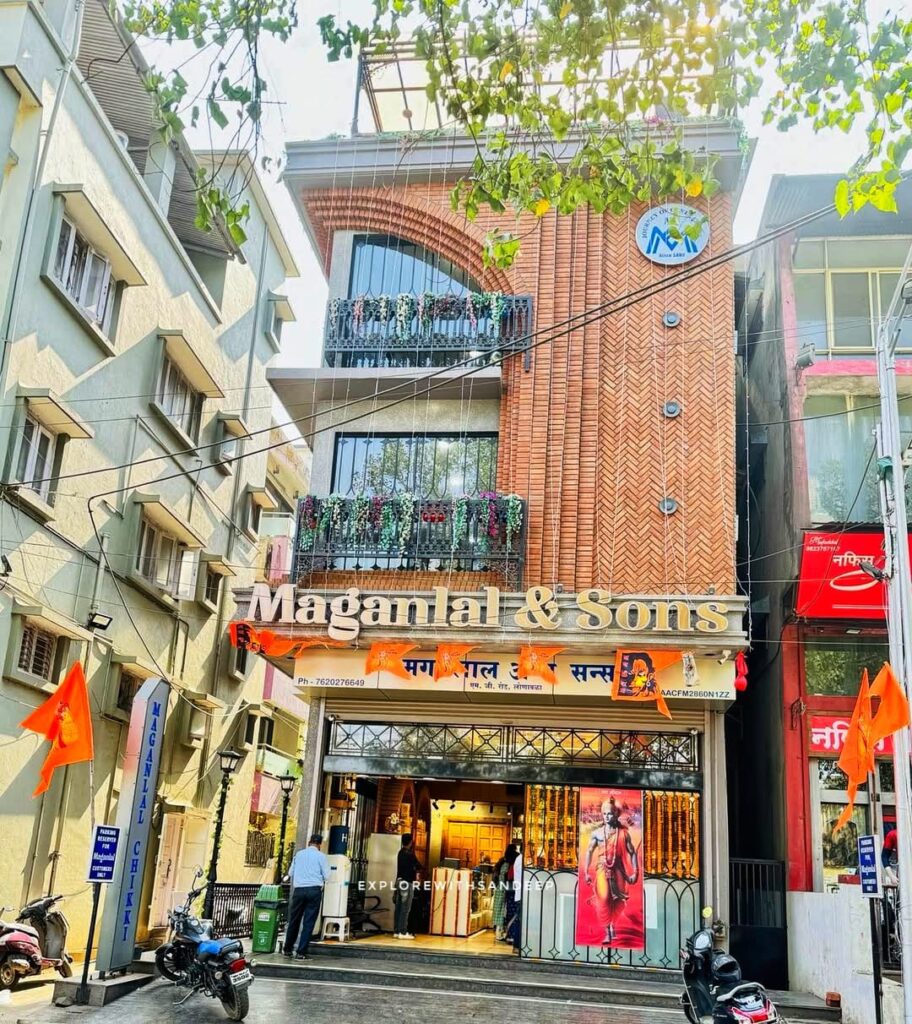

The story begins in the late 19th century, during the British era, when Lonavala was just a modest hill town and an important stop along the newly expanding Mumbai–Pune railway line. Amidst the dust and din of railway construction through the steep Khandala Ghat, an enterprising sweet-maker named Maganlal Agarwal saw an opportunity.
He began preparing a simple, wholesome snack for the hardworking railway laborers — a mix of jaggery, roasted peanuts, and ghee. This traditional local preparation, called gud dani, was energy-rich, easy to carry, and delicious. It quickly became a hit, not only with the workers but also with British officers and travelers passing through the station.
As popularity grew, Maganlal decided to refine the identity of his creation. Inspired by the Marathi word chikkat (meaning sticky), he coined the name “chikki” — catchy, local, and easy on the tongue. With this, a modest homemade treat began its journey toward national fame.
By the early 1900s, the snack’s demand had surged so much that even the Central Railway Board approved it for sale on trains. Maganlal’s chikki, wrapped in teak or banana leaves, became a staple for railway passengers — something to look forward to when stopping at Lonavala.
What started as a makeshift roadside stall soon turned into a full-fledged shop near the railway station. Over the decades, Maganlal Chikki became not just a brand, but a symbol of Lonavala’s identity. Today, even as dozens of copy brands line the town’s streets, the original still stands tall — a tribute to the man who turned a railway snack into a legendary Indian sweet.
Why So Many “Maganlals”? The Name War Behind the Sweet
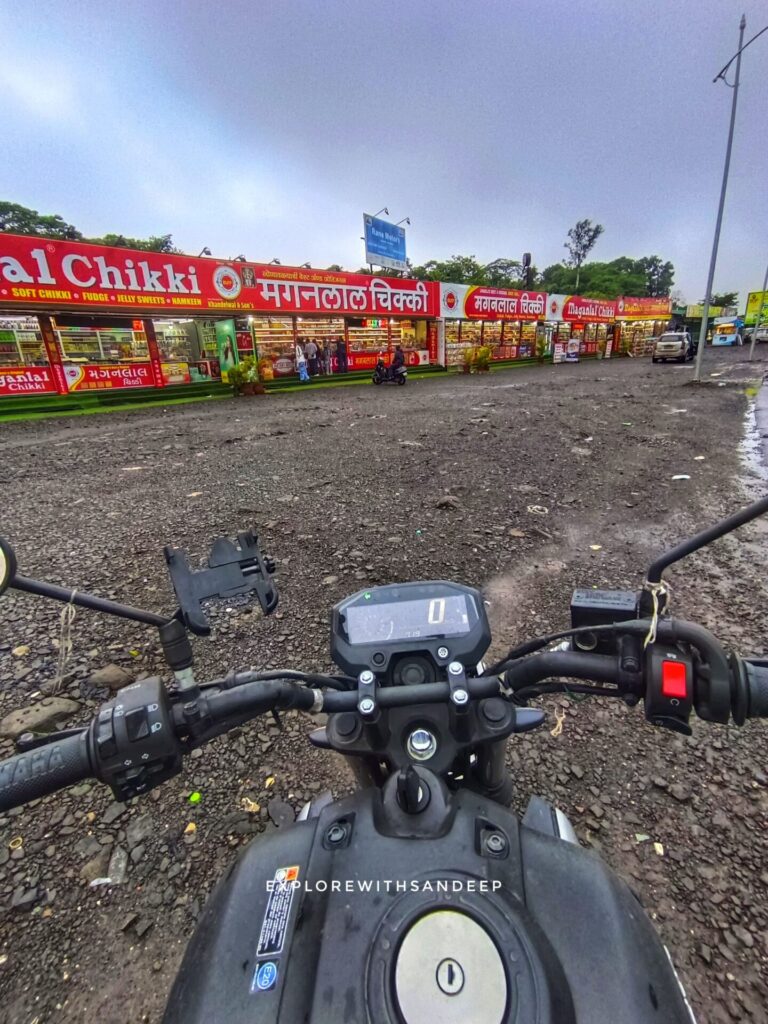
This is the interesting part. Once Maganlal Chikki gained popularity, many family members and others opened shops using the same name — either because they were once connected to the original family or simply to cash in on the brand.
There was even a legal dispute over the use of the name “Maganlal Chikki”, but because “Maganlal” is a person’s name and “chikki” is a generic term for a sweet, the court couldn’t give one person full rights. That’s why today you’ll see:
Maganlal Chikki Pvt Ltd
Maganlal Sons
New Maganlal
Maganlal Original Chikki
… and so on!
But the original shop still stands near Lonavala Station, run by the descendants of the Maganlal Agarwal family.
What Makes Maganlal Chikki Special

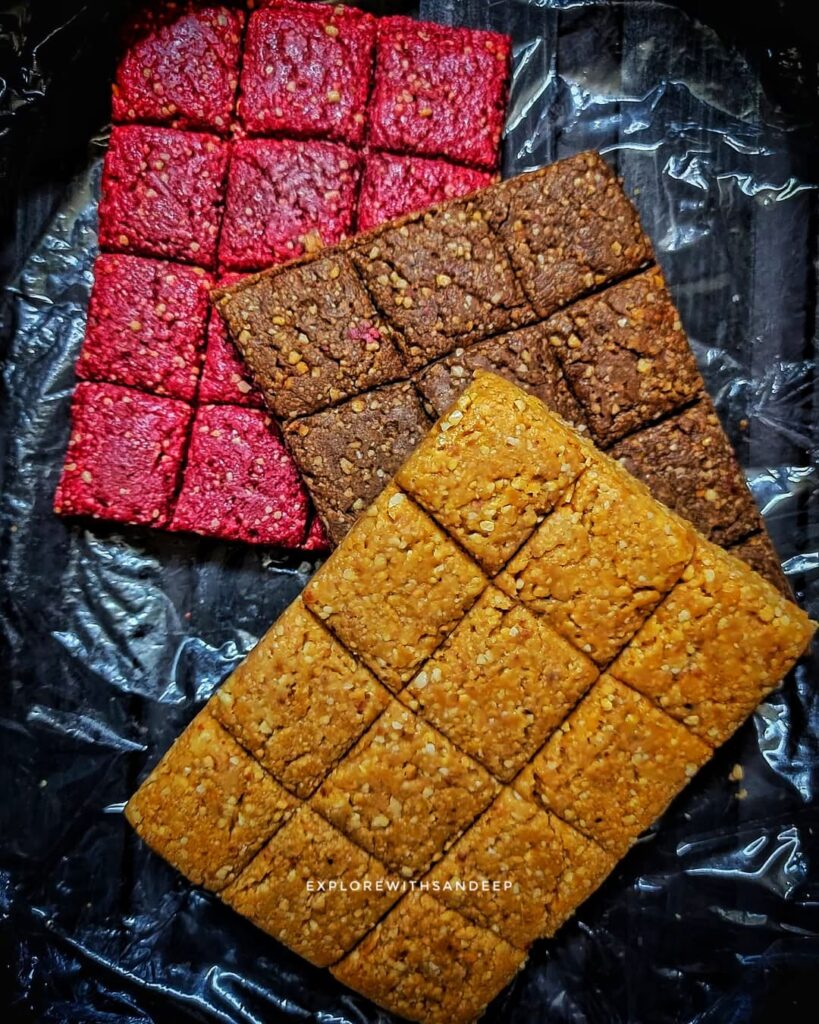
The original Maganlal Chikki is still made the old-fashioned way, and that’s what makes it stand out. They follow a traditional handmade process using just jaggery (gud) and roasted peanuts, with absolutely no preservatives. The result is a perfect balance of crunch and sweetness that feels truly authentic. Beyond the classic peanut chikki, they offer an array of delightful variations such as dry fruit chikki, sesame (til) chikki, coconut chikki, and even chocolate chikki. Each one tastes fresh and pure, without any industrial or processed feel — just that honest, homemade charm in every bite.
Since 1880: How to Identify the True Maganlal Chikki
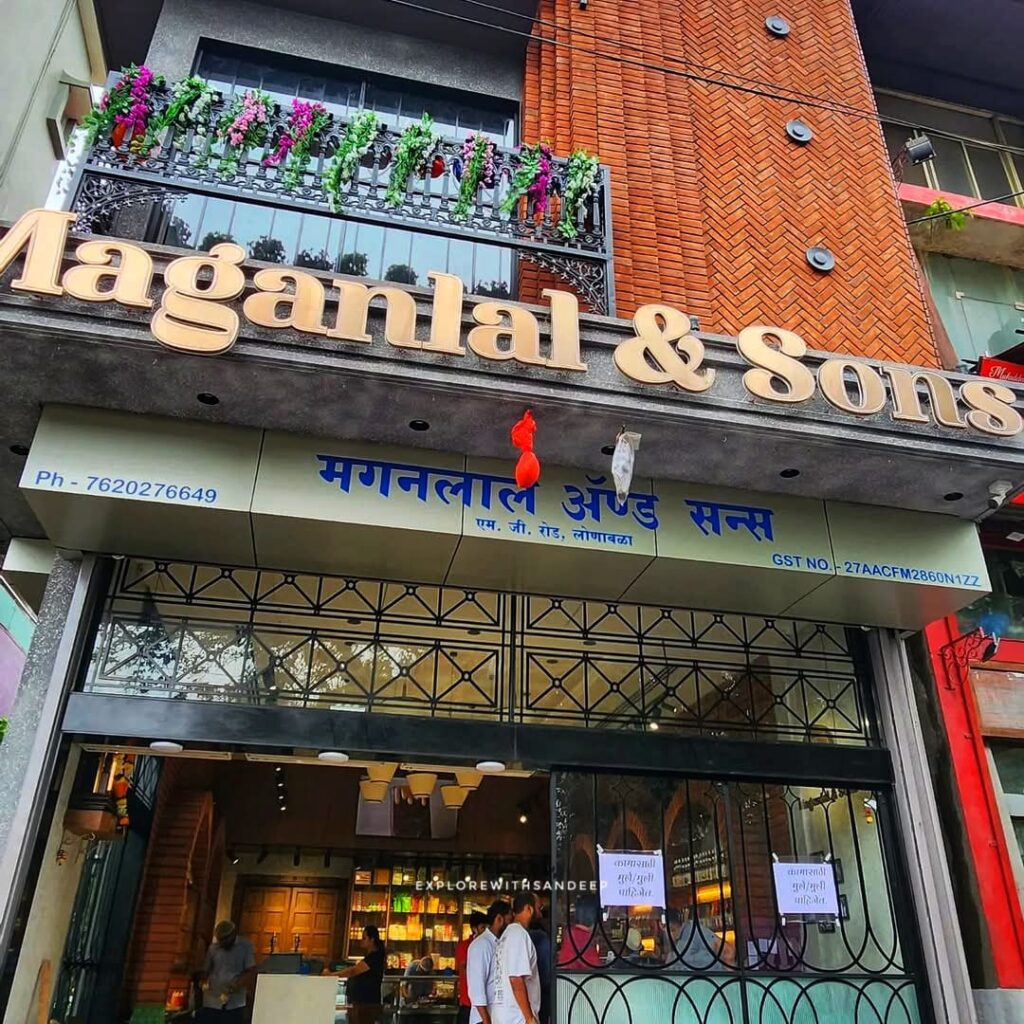
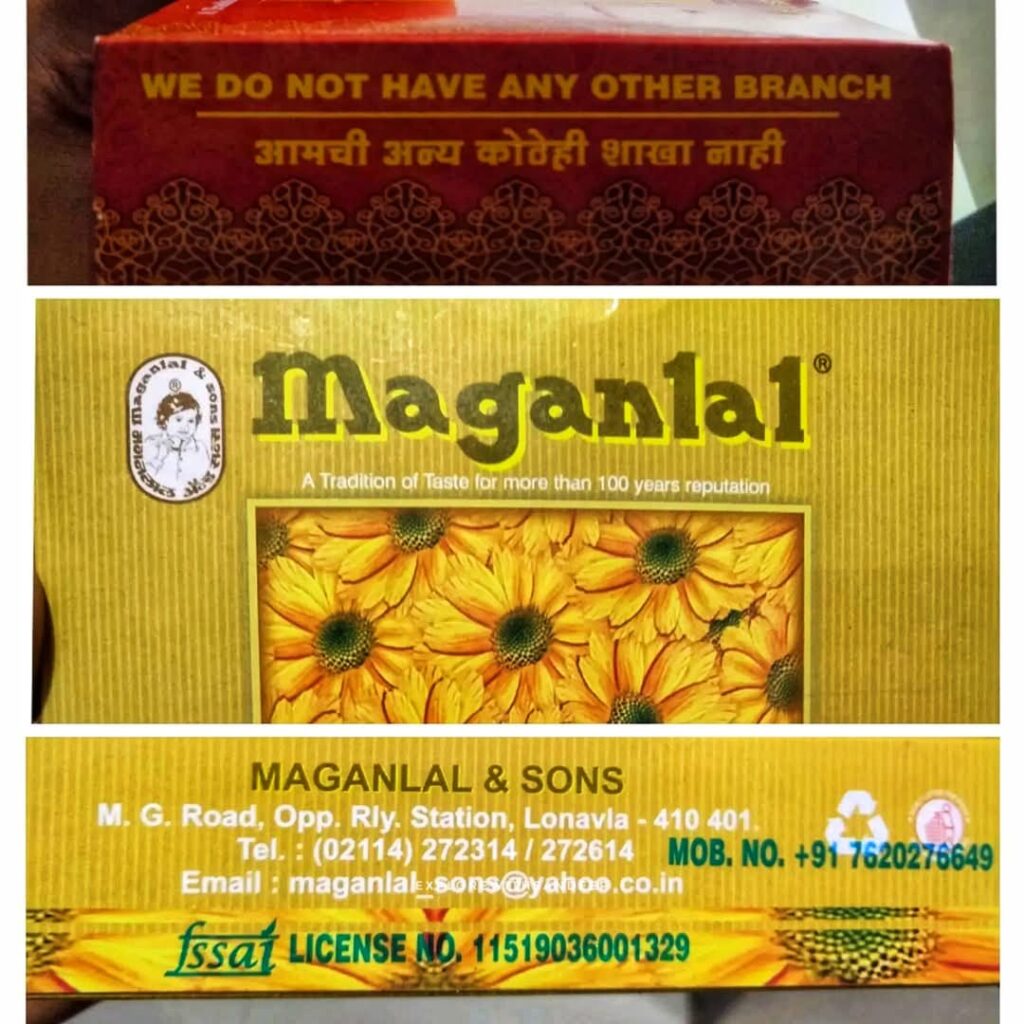
If you’re planning to stop by and try the real deal, make sure you head to the authentic Maganlal Chikki outlet. It’s easy to find — located right opposite the Lonavala Railway Station. The shop proudly displays a board that says “Since 1880” reminding everyone of its rich legacy. You’ll often spot their ISO certification and other acknowledgments of their long-standing history right on display. Just be cautious — there are many lookalike shops around that try to mimic the name but don’t have the same legacy or the original family roots.
The Chikki Stop That’s Worth Your Time
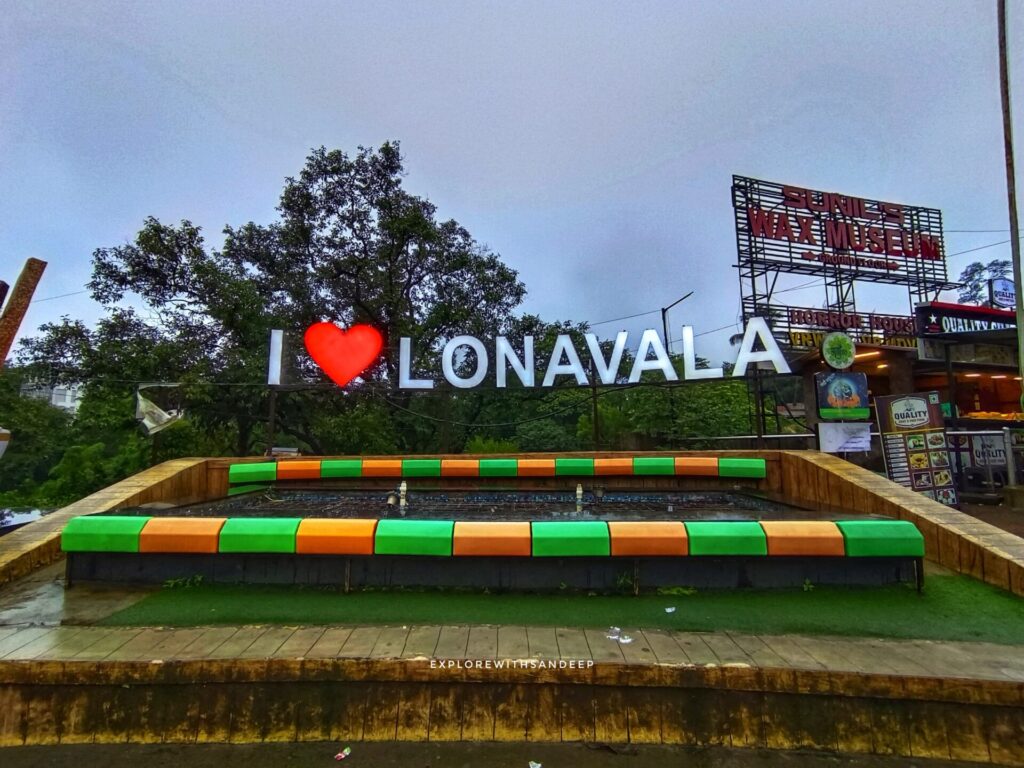
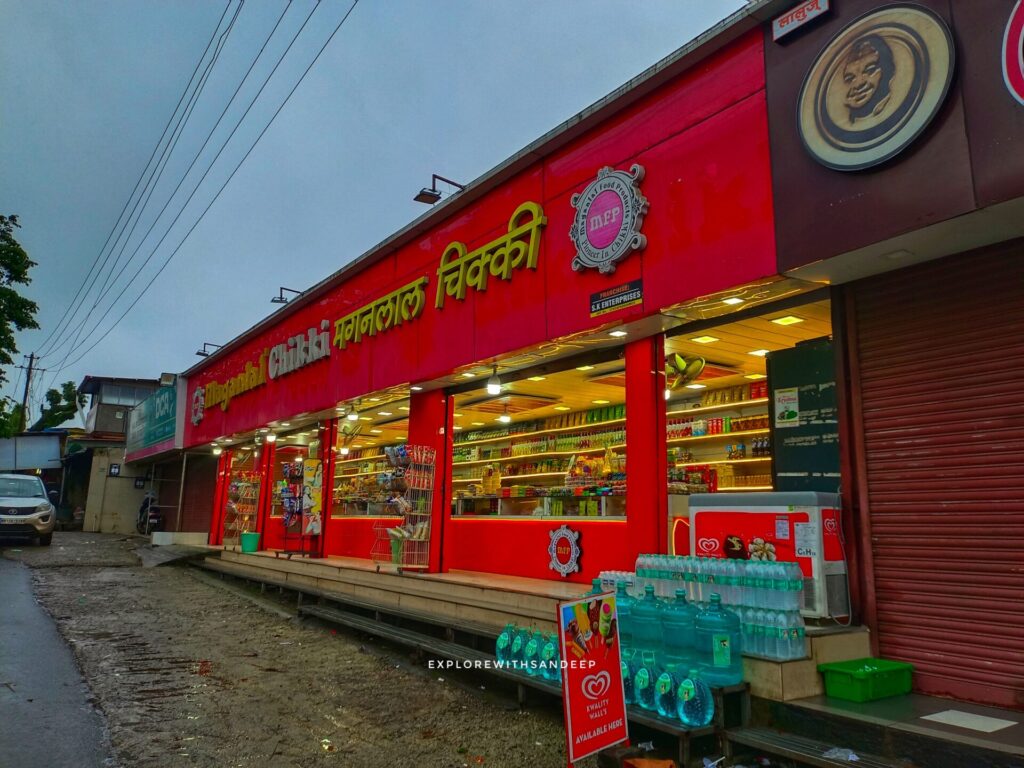
A lot of travelers just pick up some chikki on their way home, treating it like a routine stop. But if you’re anything like me and love to explore stories behind local treats, take a moment to actually visit the original store. Talk to the people there, get to know how it’s made, and soak in the sweet, nostalgic vibe of the place. Trust me, it’s more than just a snack — it’s a taste of history and tradition.
Final Thoughts – Maganlal Chikki
Maganlal Chikki isn’t just a sweet — it’s a legacy wrapped in jaggery and peanuts. Born from humble beginnings and a railway worker’s idea, it grew into a timeless taste that still brings joy to travelers. The original store near Lonavala Railway Station stands as a reminder that real flavor comes from tradition, not trends. So the next time you visit Lonavala, don’t just snack — relive a piece of history with every crunchy bite.

